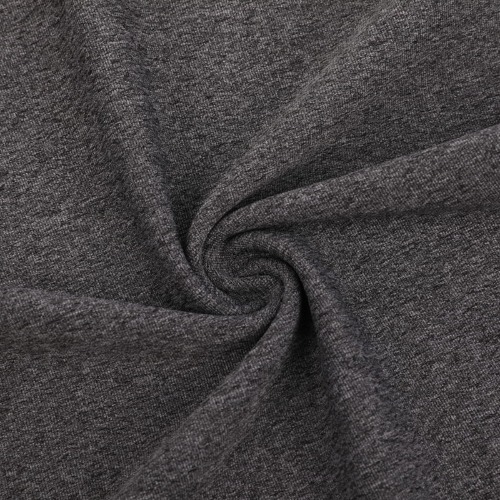Cationic fabric is a type of fabric that is created using cationic dyeing techniques. It is characterized by its unique color effects and vibrant appearance. Cationic fabric is often used in apparel, home textiles, and other applications where a distinctive look is desired. Here's an overview of cationic fabric and the production steps involved:
Cationic Fabric:
Cationic fabric is made from synthetic fibers such as polyester or nylon. The term "cationic" refers to the dyeing process used to color the fabric. In cationic dyeing, cationic dyes are used, which have a positive charge. These dyes are attracted to the negatively charged fibers, resulting in strong dye-fiber interactions and vibrant colors.
The Production Steps of Cationic Fabric:
Fiber Preparation: The first step in producing cationic fabric is preparing the synthetic fibers. This involves extruding or spinning the polymer material, such as polyester or nylon, into continuous filaments or staple fibers.
Dyeing: After the fiber preparation, the fibers are subjected to the dyeing process. In cationic dyeing, cationic dyes are used. These dyes have a positive charge, which allows them to bond with the negatively charged fibers.
a. Dye Bath Preparation: The dye bath is prepared by dissolving the cationic dyes in water or a dye liquor. The dye bath may also contain additional chemicals such as leveling agents or pH regulators to achieve desired dyeing conditions.
b. Dye Application: The prepared dye bath is then heated to a specific temperature, and the synthetic fibers are immersed in the dye liquor. The fibers absorb the cationic dye, and the dye-fiber interactions occur due to the opposite charges.
c. Fixation: After the dye is absorbed by the fibers, the fabric is treated to fix the dye. This typically involves a heat-setting process where the fabric is subjected to elevated temperatures. Heat helps in enhancing the dye-fiber bonding and improves color fastness.
Post-Treatment: Once the dyeing and fixation processes are complete, the fabric may undergo additional treatments to enhance its properties. These treatments may include washing, rinsing, drying, and finishing processes like softening or anti-static treatments.
Fabric Inspection and Quality Control: The final step involves inspecting the cationic fabric for any defects or imperfections. Quality control measures are taken to ensure that the fabric meets the required standards in terms of color consistency, colorfastness, strength, and overall appearance.
It's important to note that the exact production steps for cationic fabric may vary depending on the specific machinery, dyeing techniques, and finishing processes used by different manufacturers.
Cationic fabric offers unique color effects, excellent colorfastness, and a vibrant appearance. It is a popular choice in the textile industry for creating visually appealing garments, home textiles, and other fabric applications.

Cationic Polyester Spandex Melange Interlock Fabric is 4-way stretchy, soft and breathable.By using Cationic yarn, the fabric has 2-tone melange effects and good color fastness. This fabric is wildly applied in gymwear and sportswear.

Cationic Polyester Spandex Melange Interlock Fabric is 4-way stretchy, soft and breathable.By using Cationic yarn, the fabric has 2-tone melange effects and good color fastness. This fabric is wildly applied in gymwear and sportswear.


 English
English 中文简体
中文简体


.jpg?imageView2/2/format/jp2)











